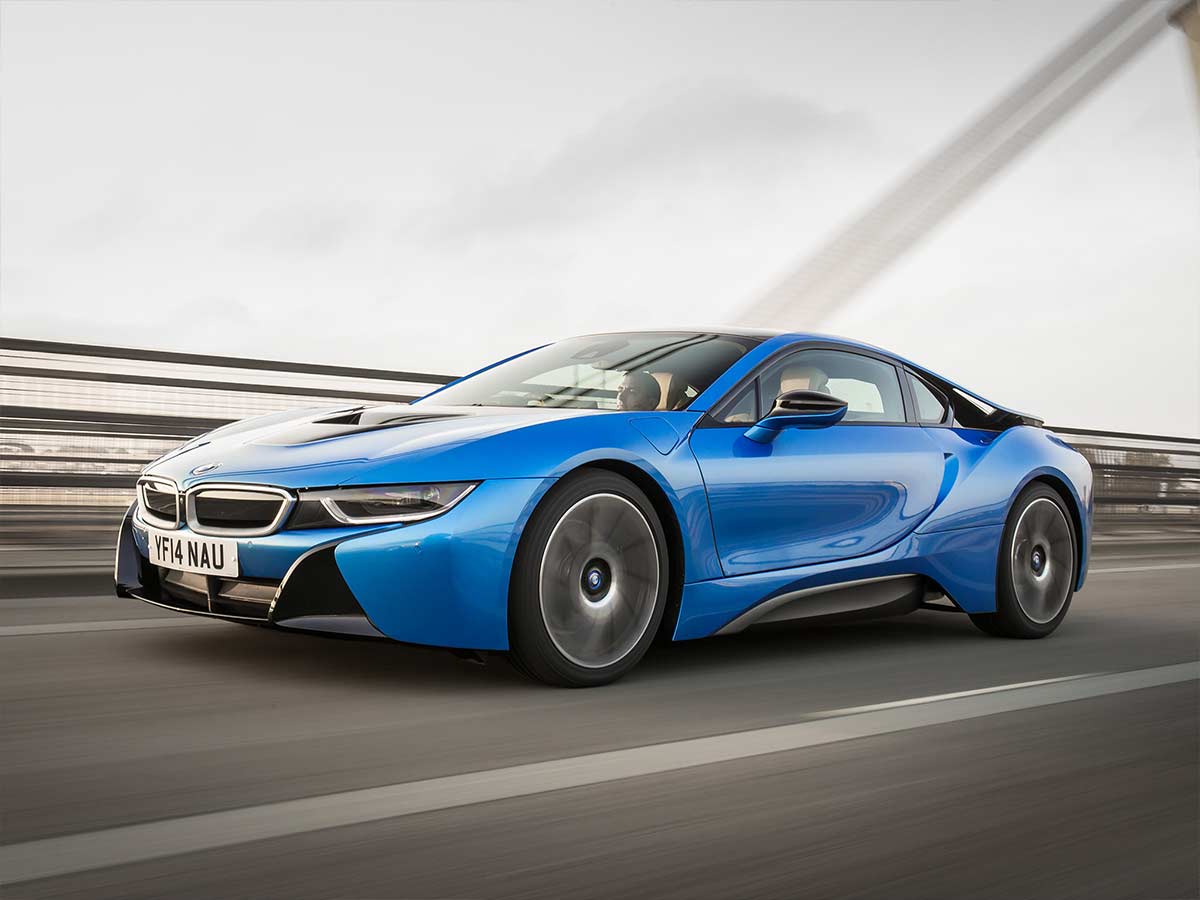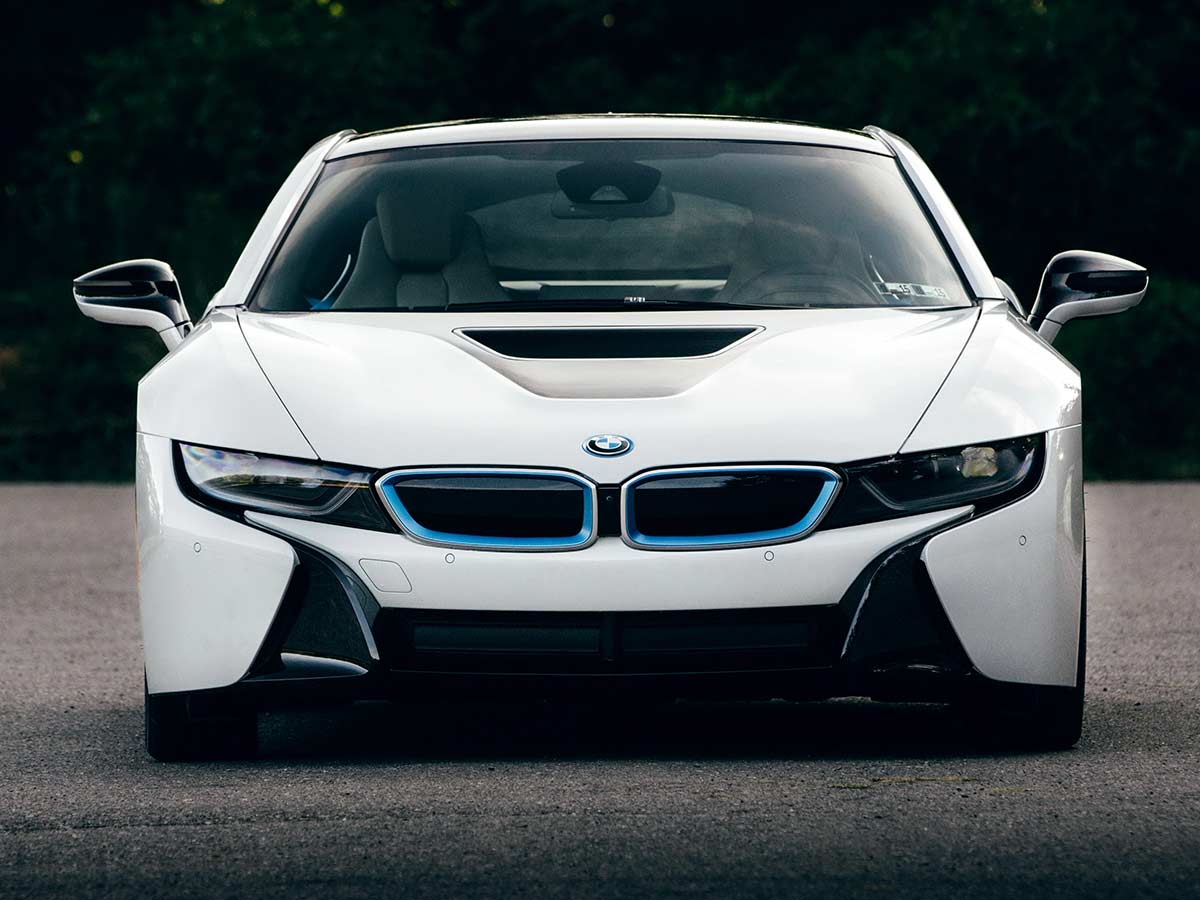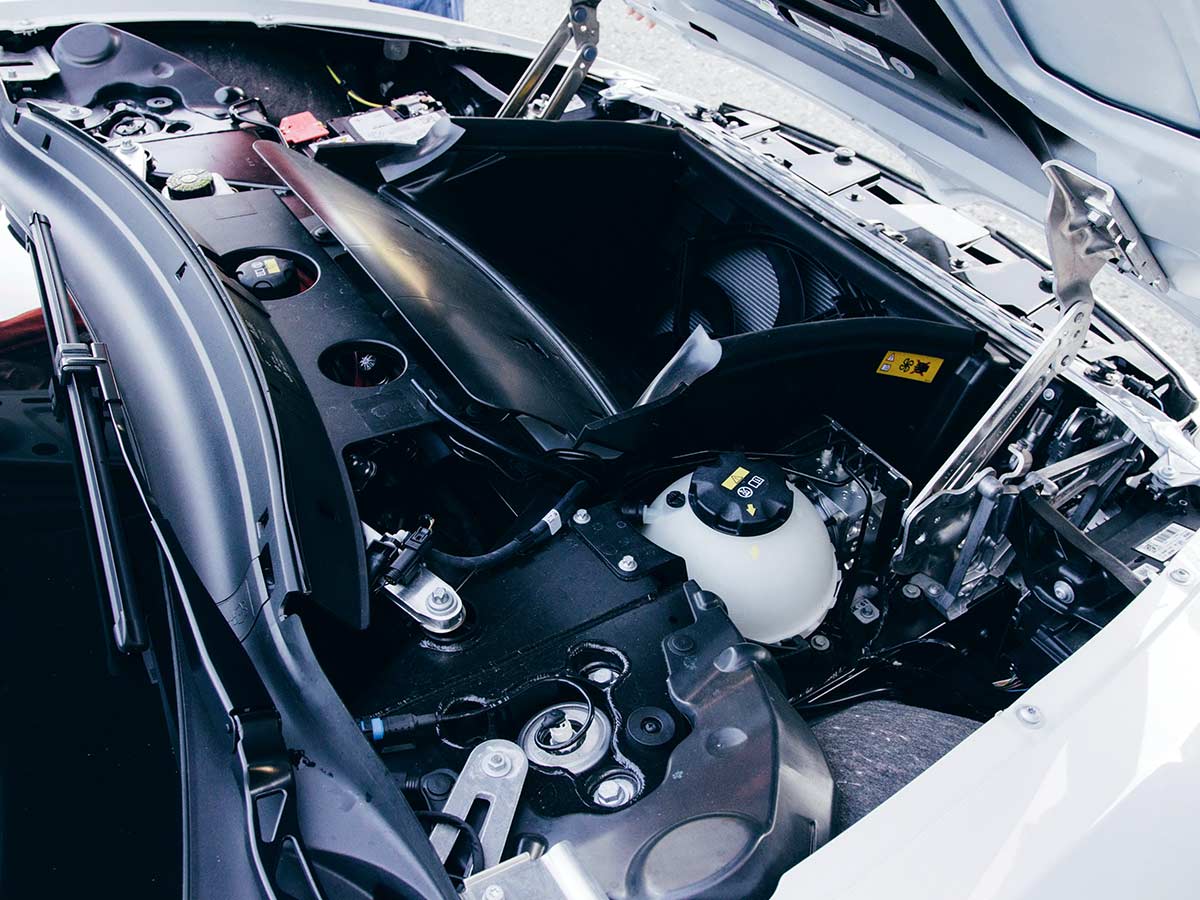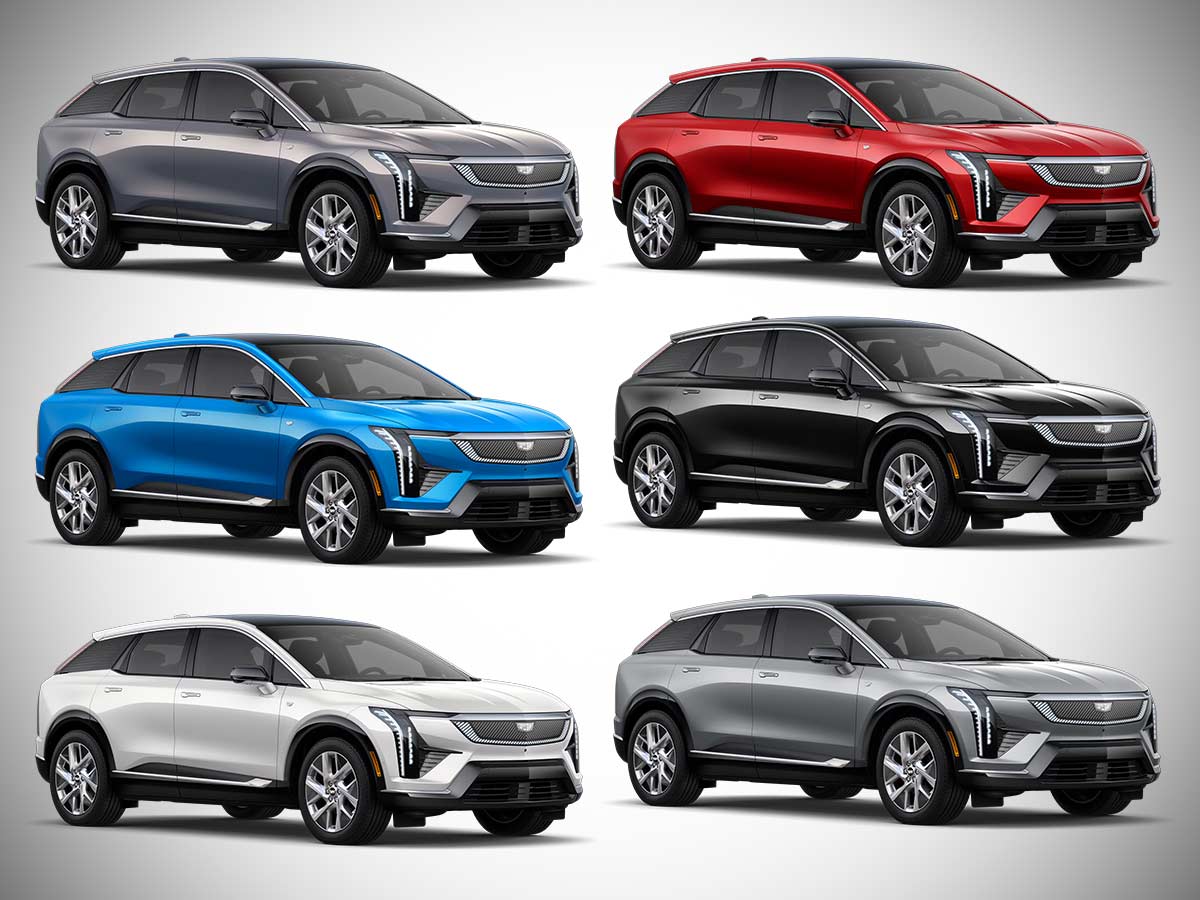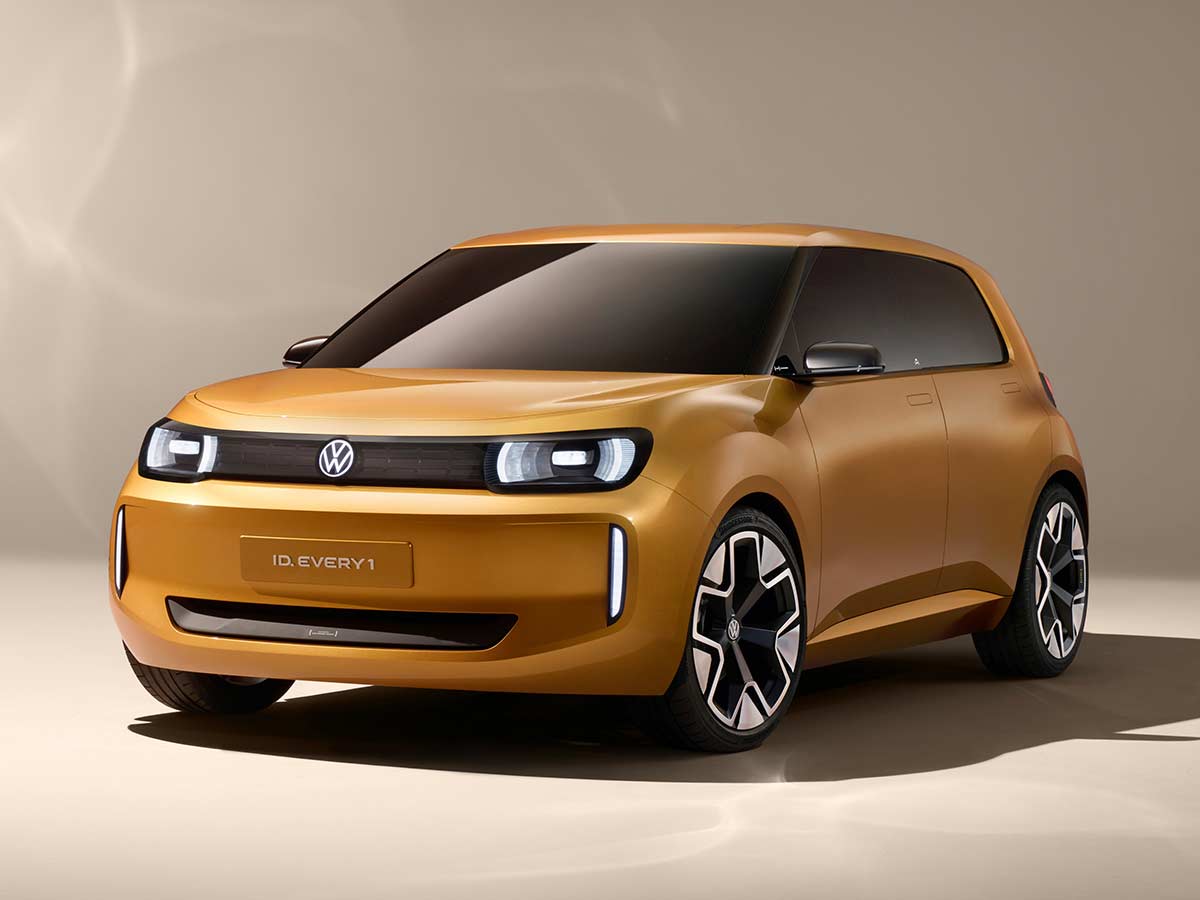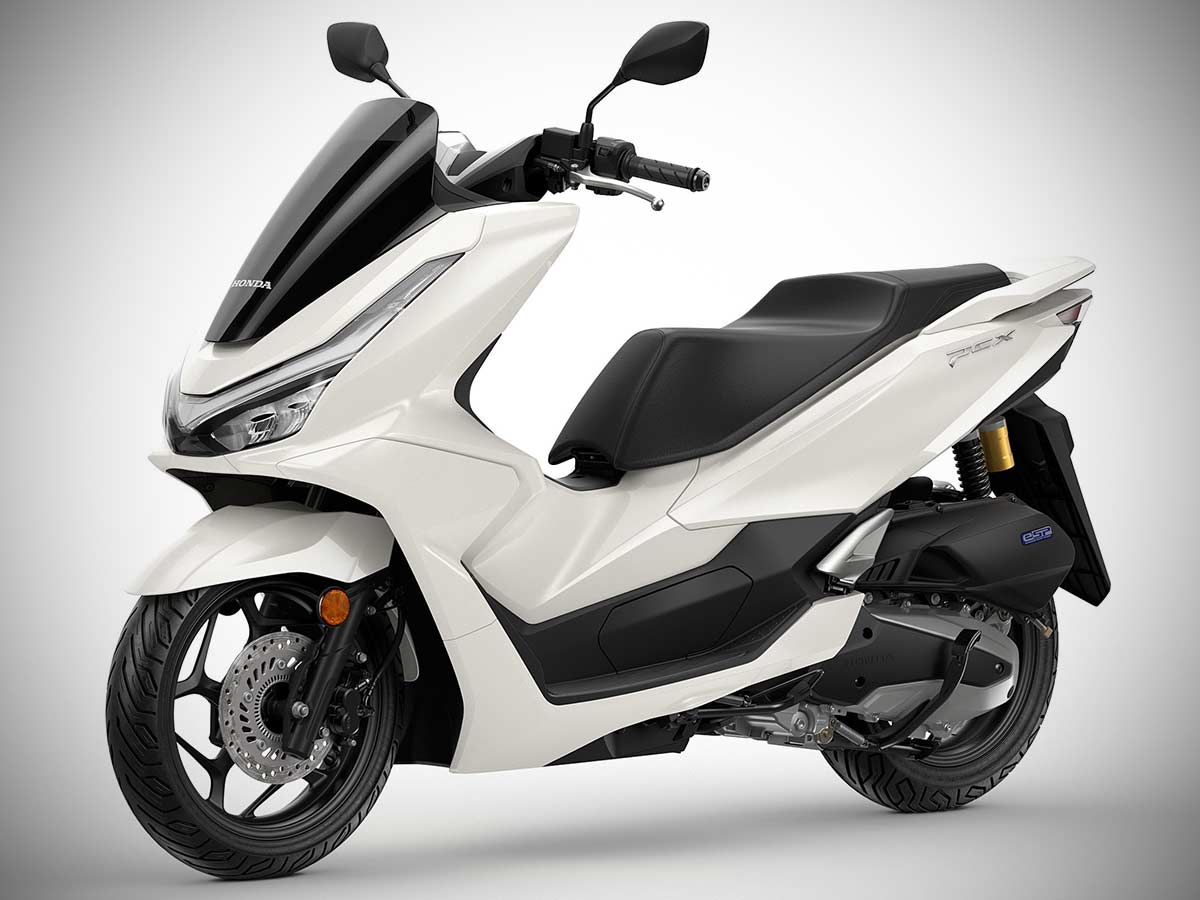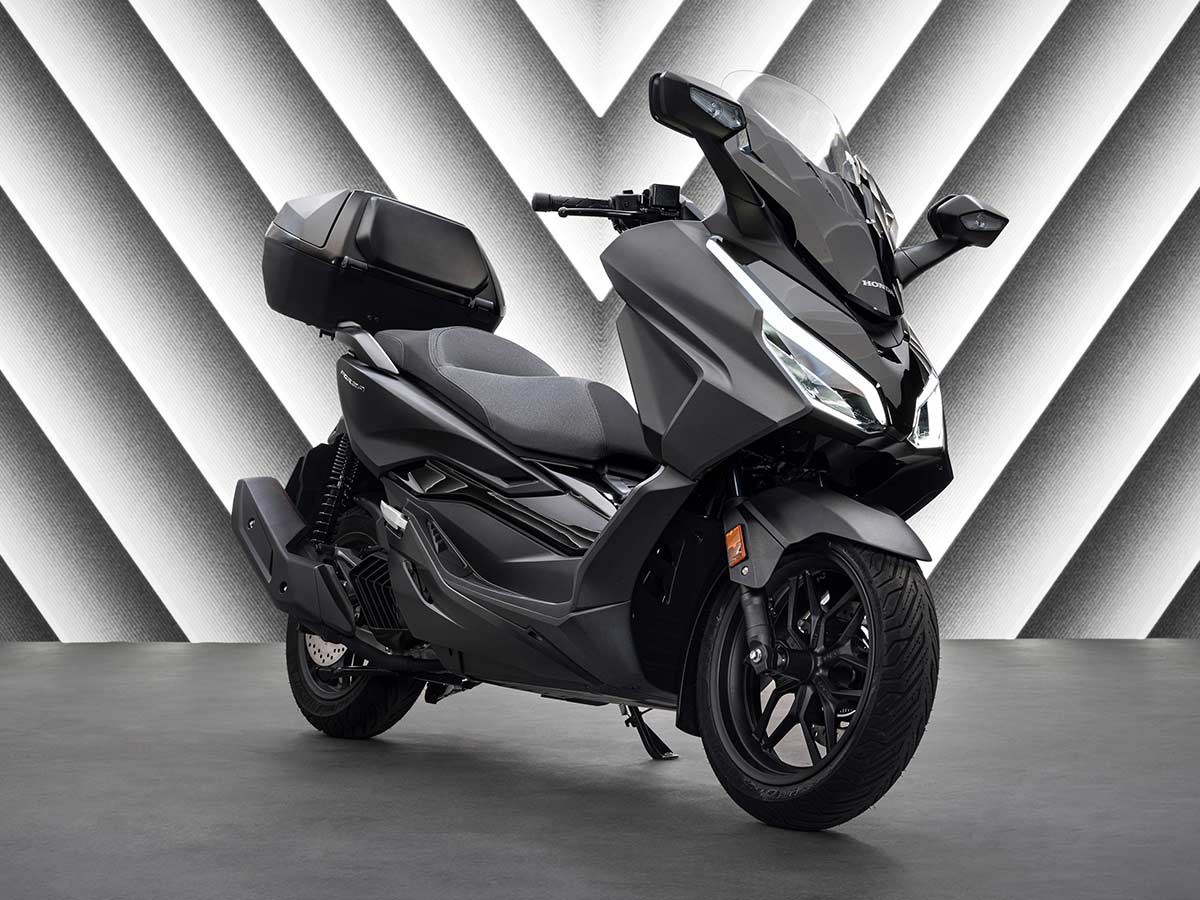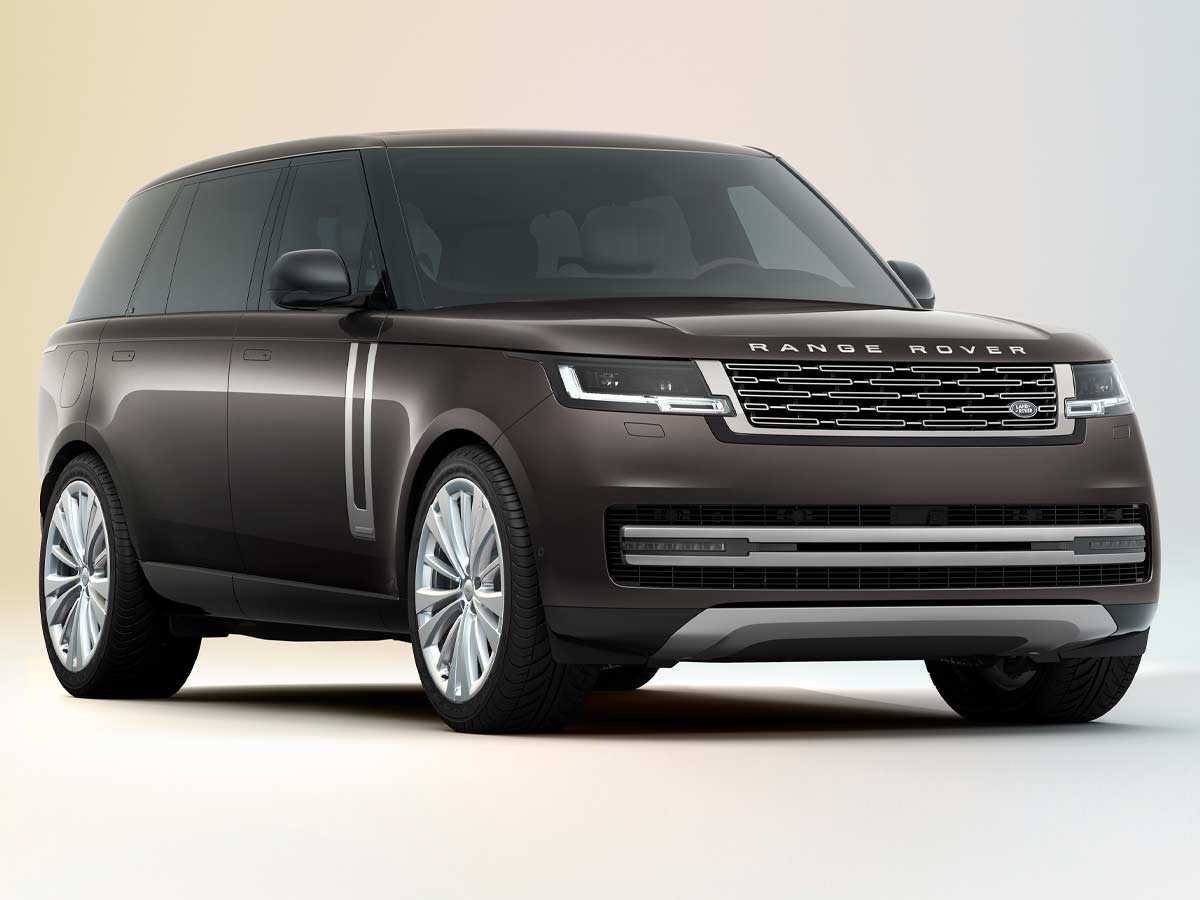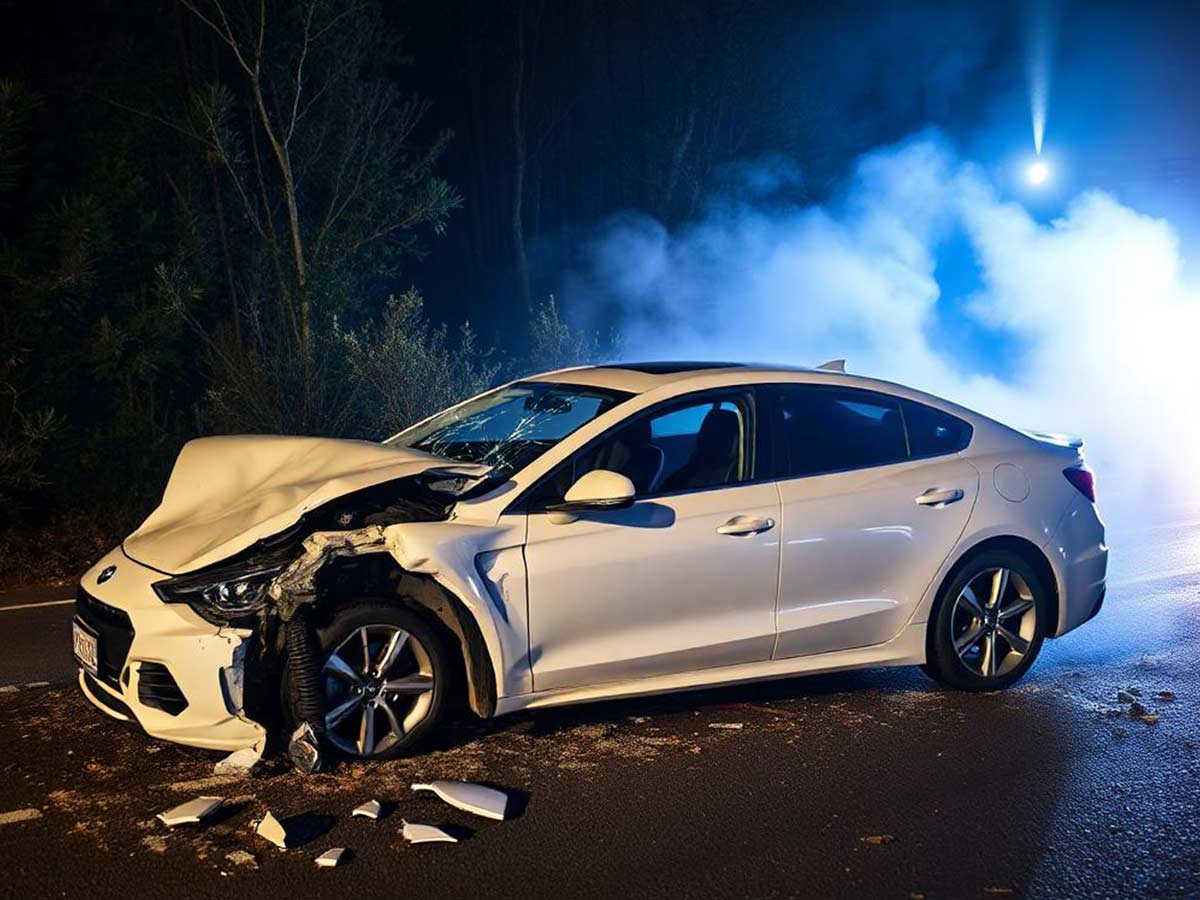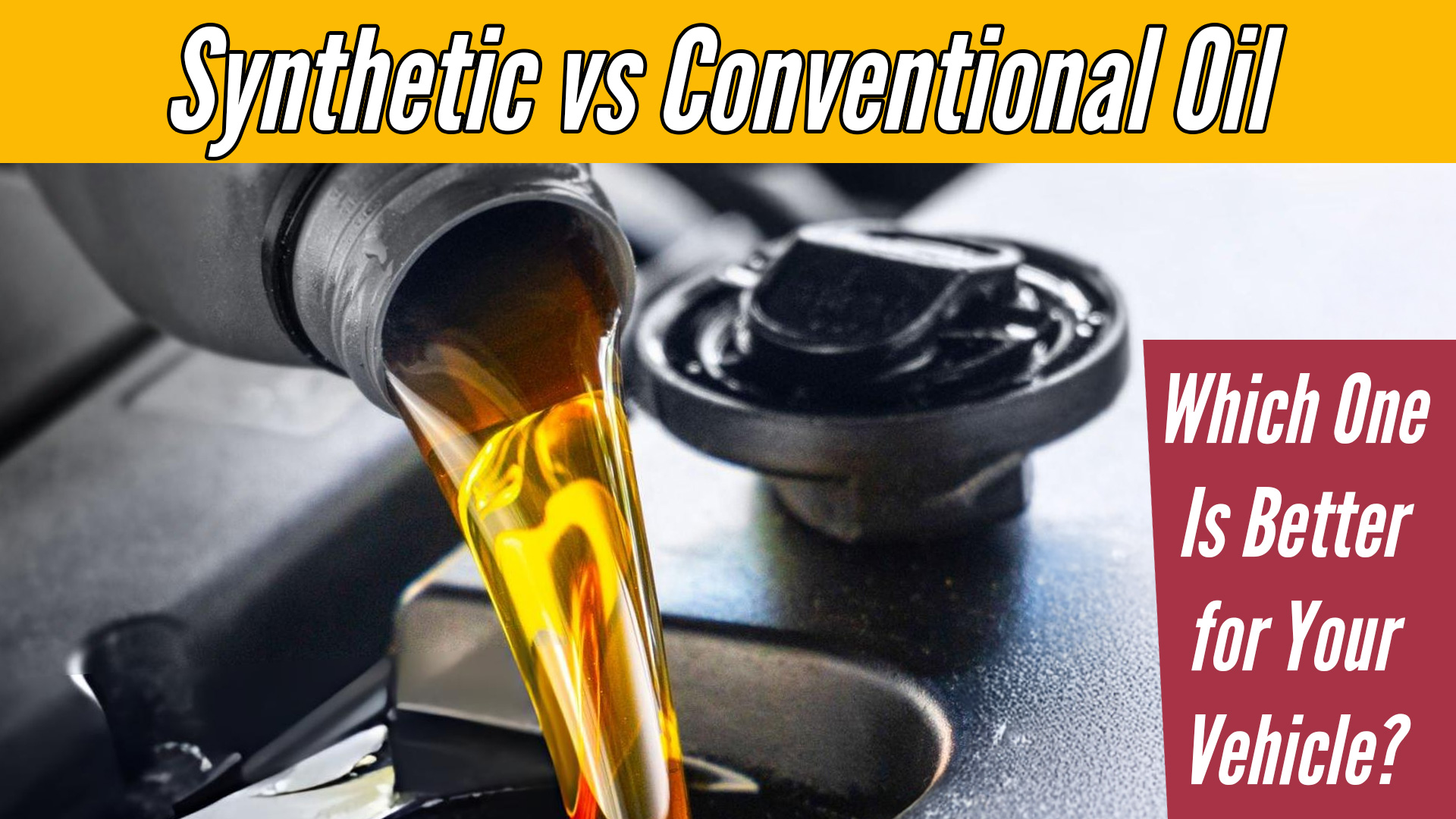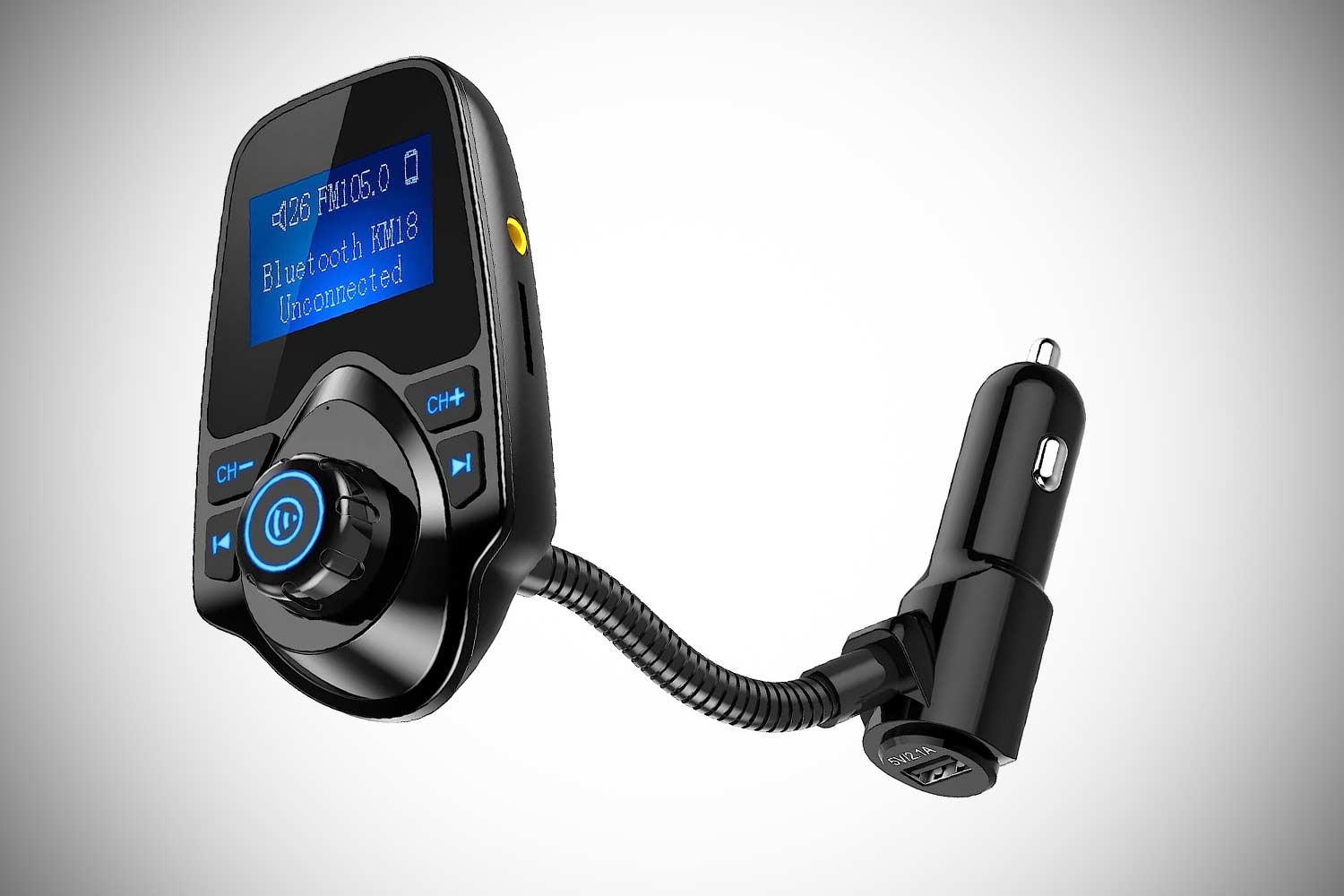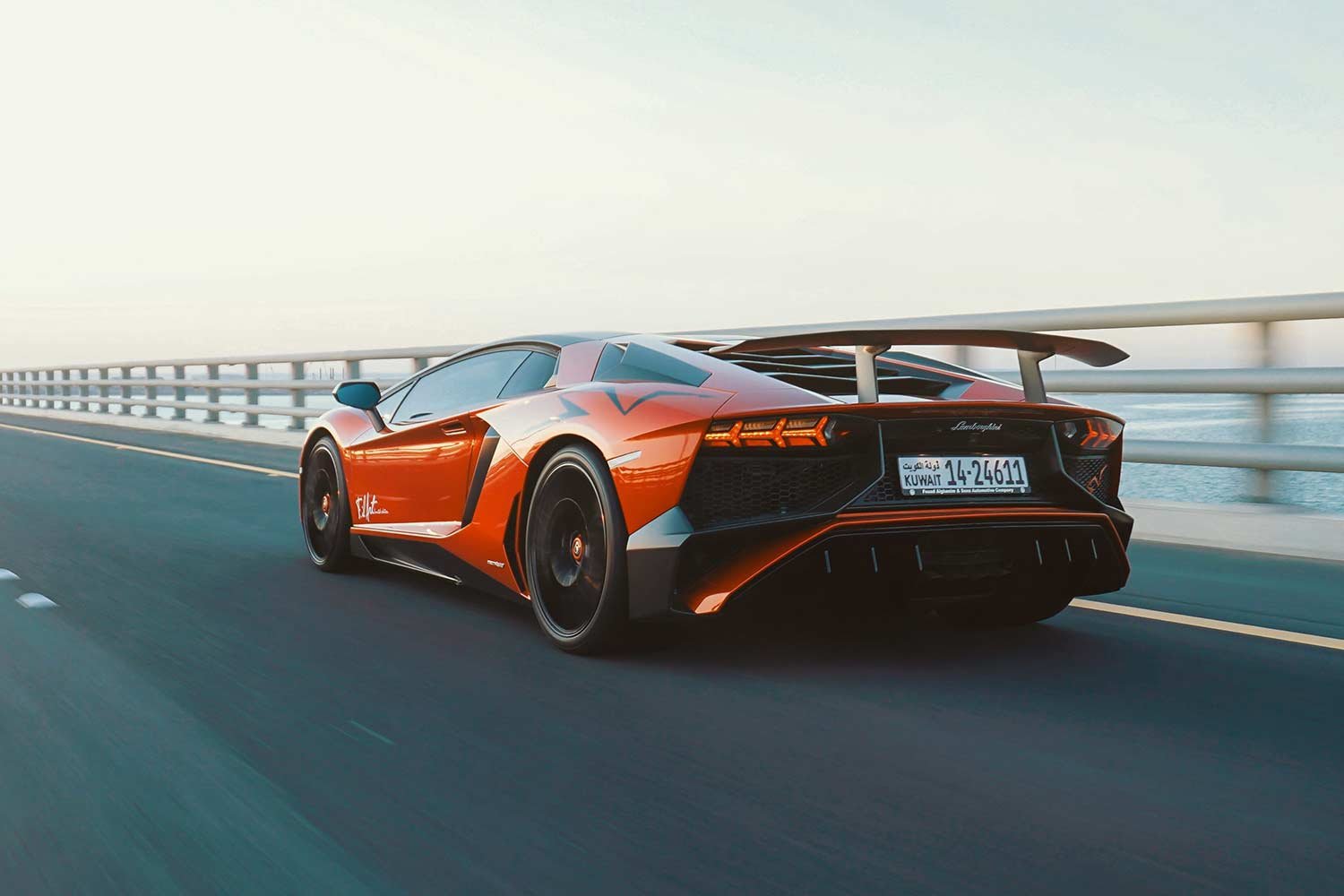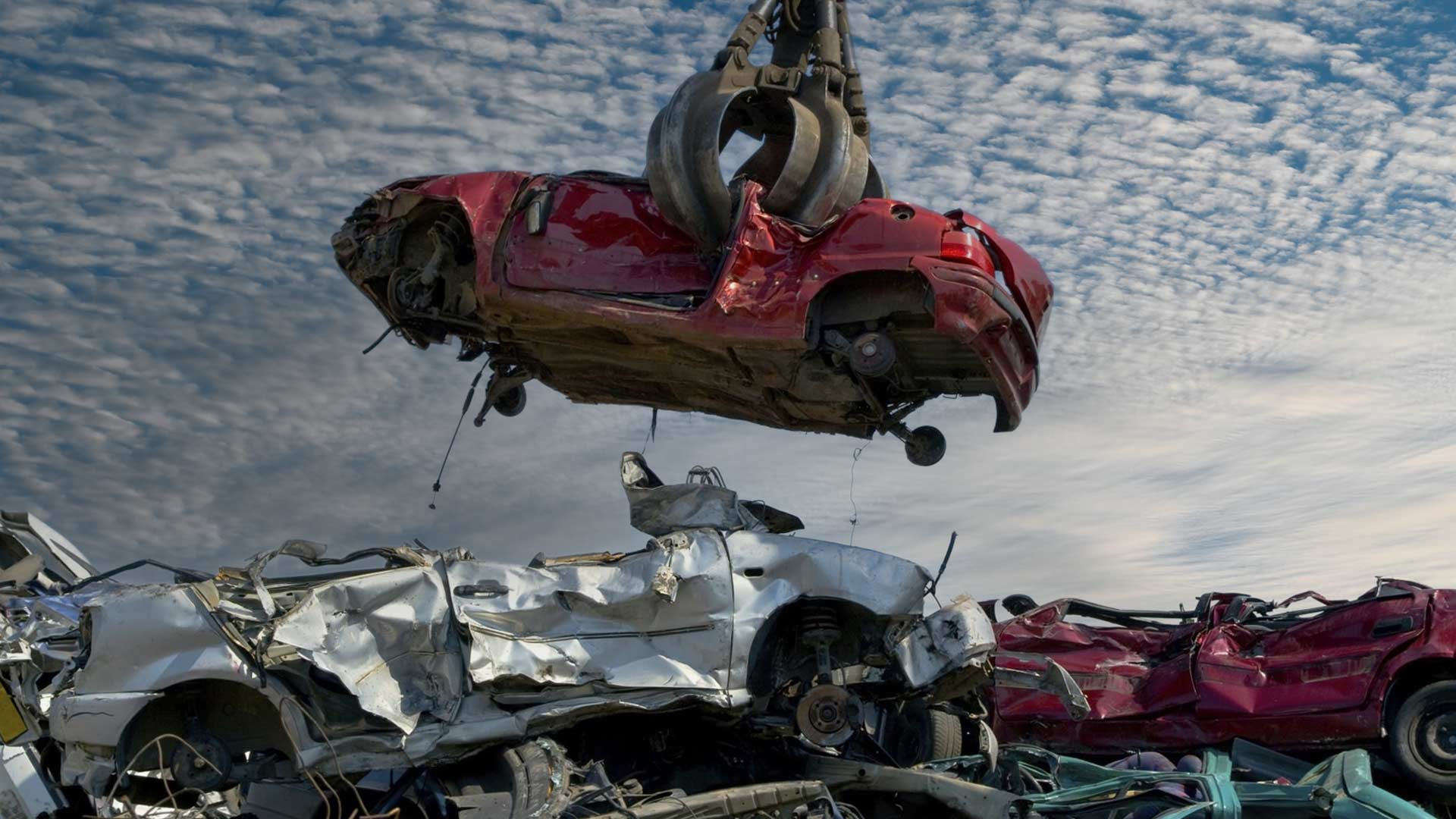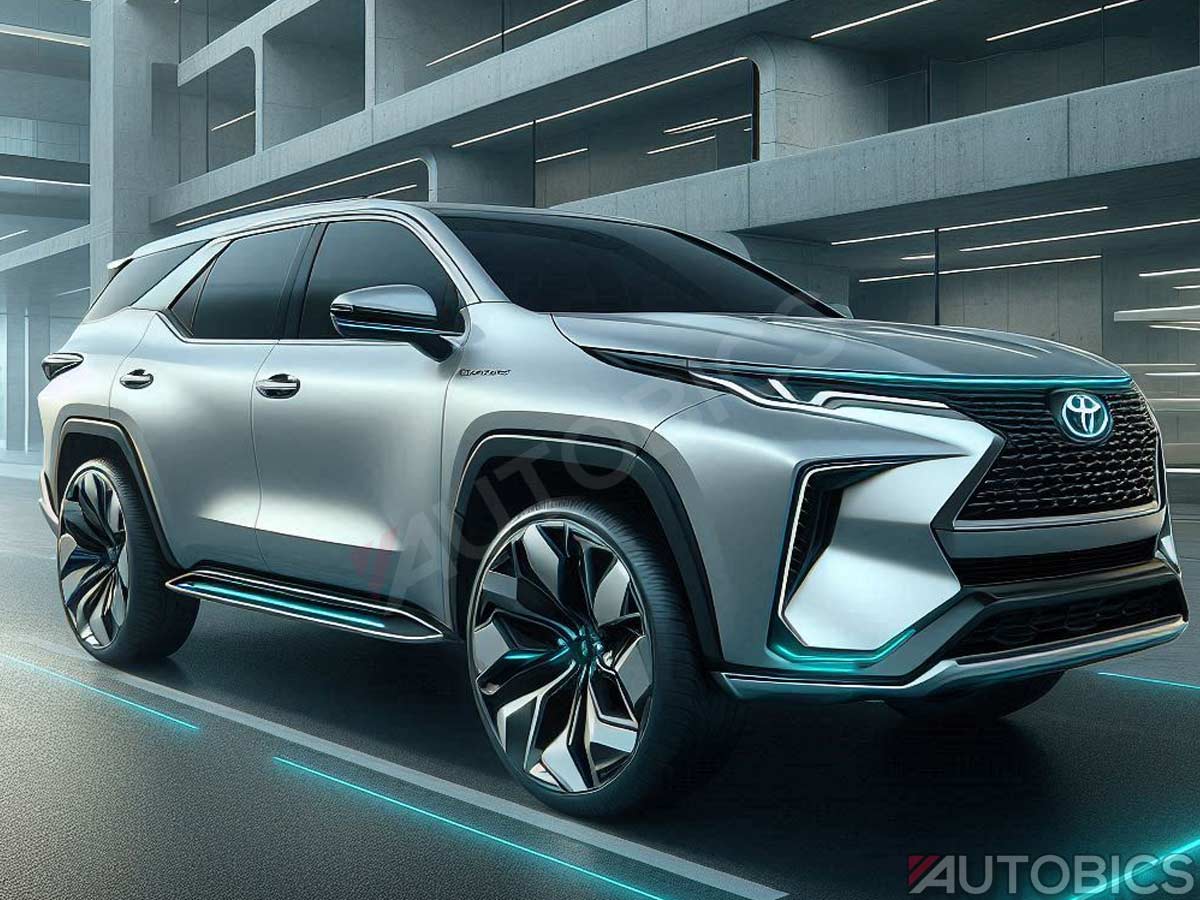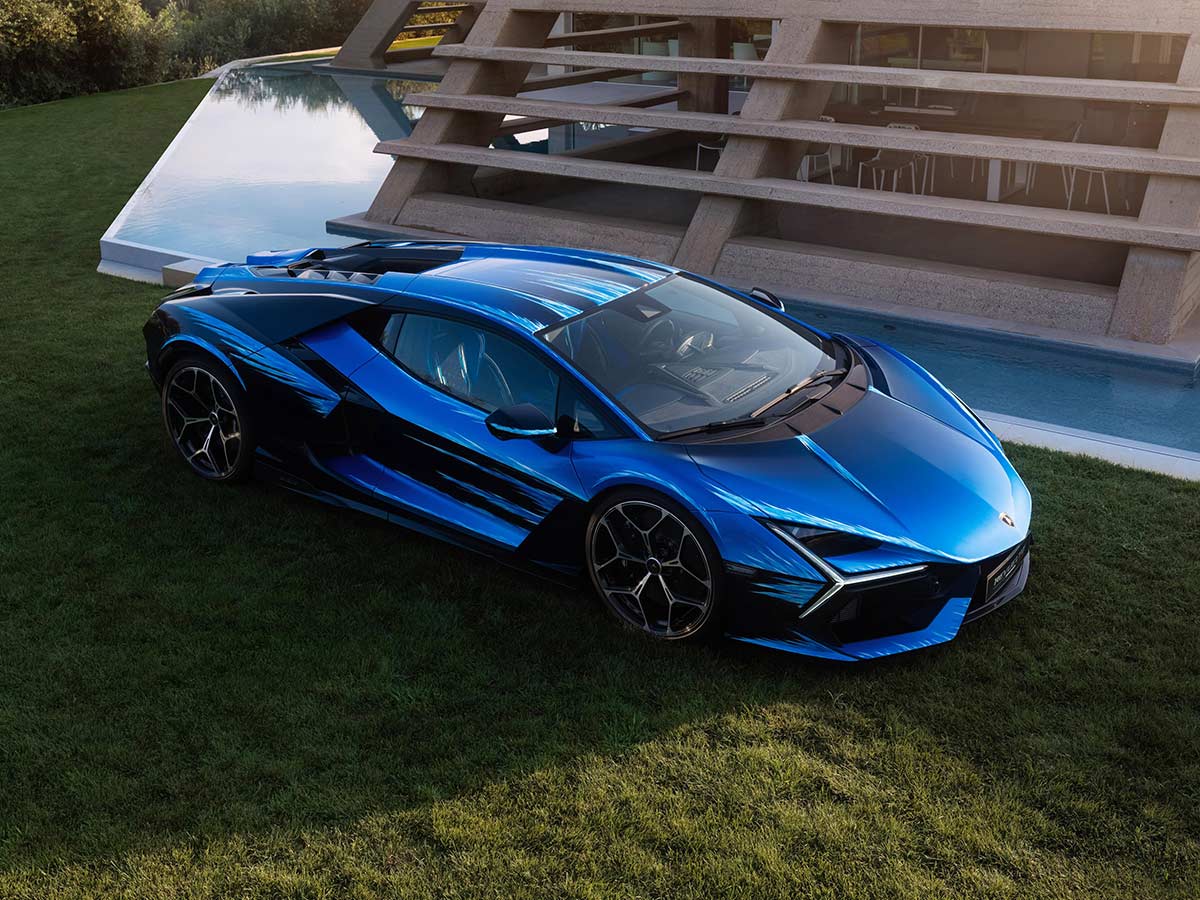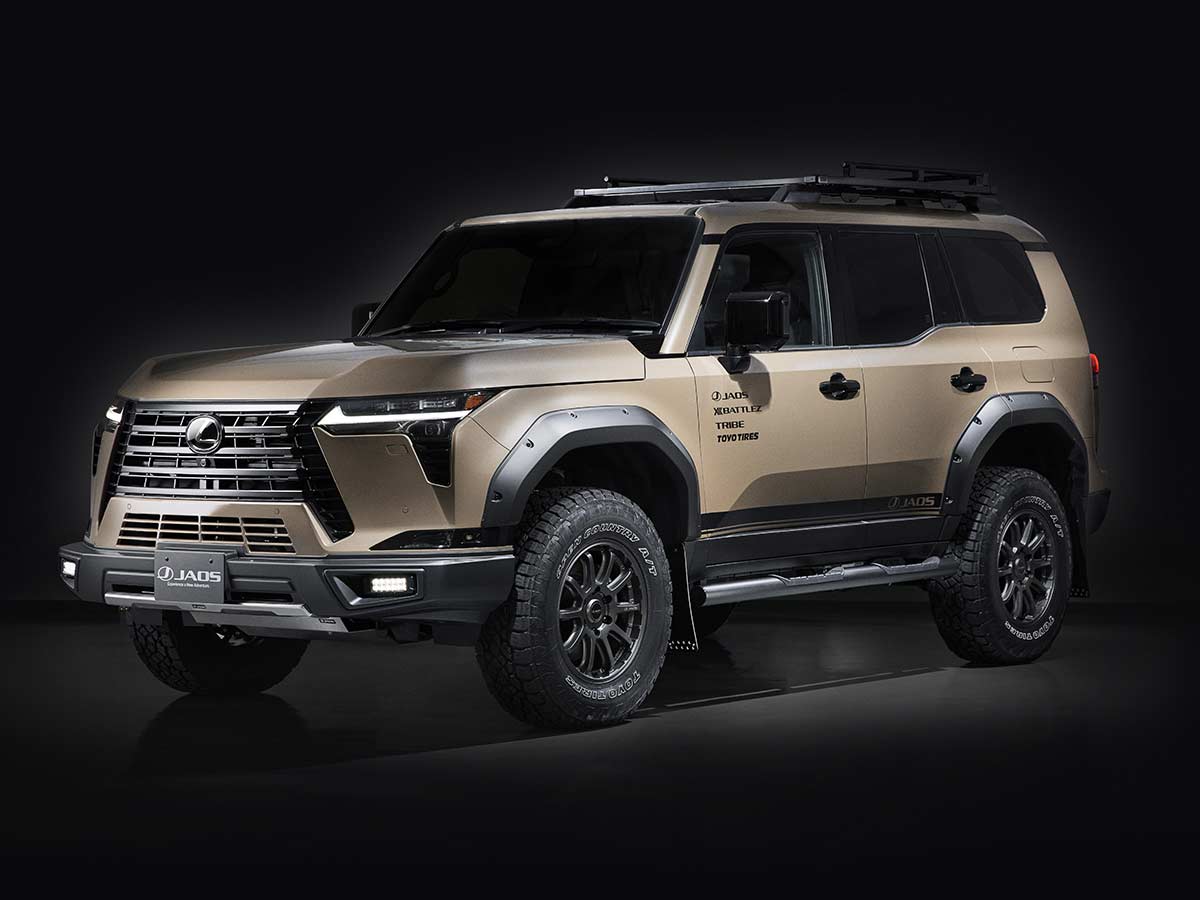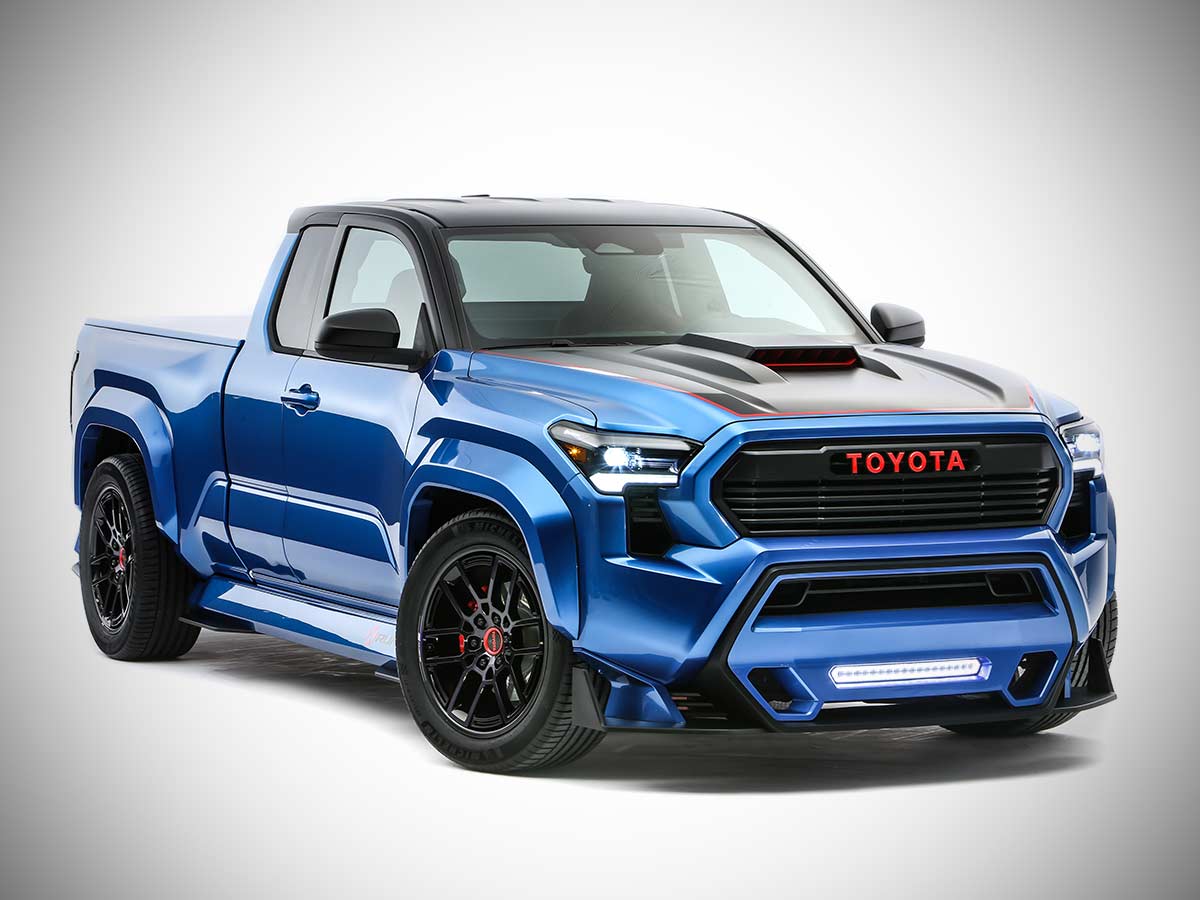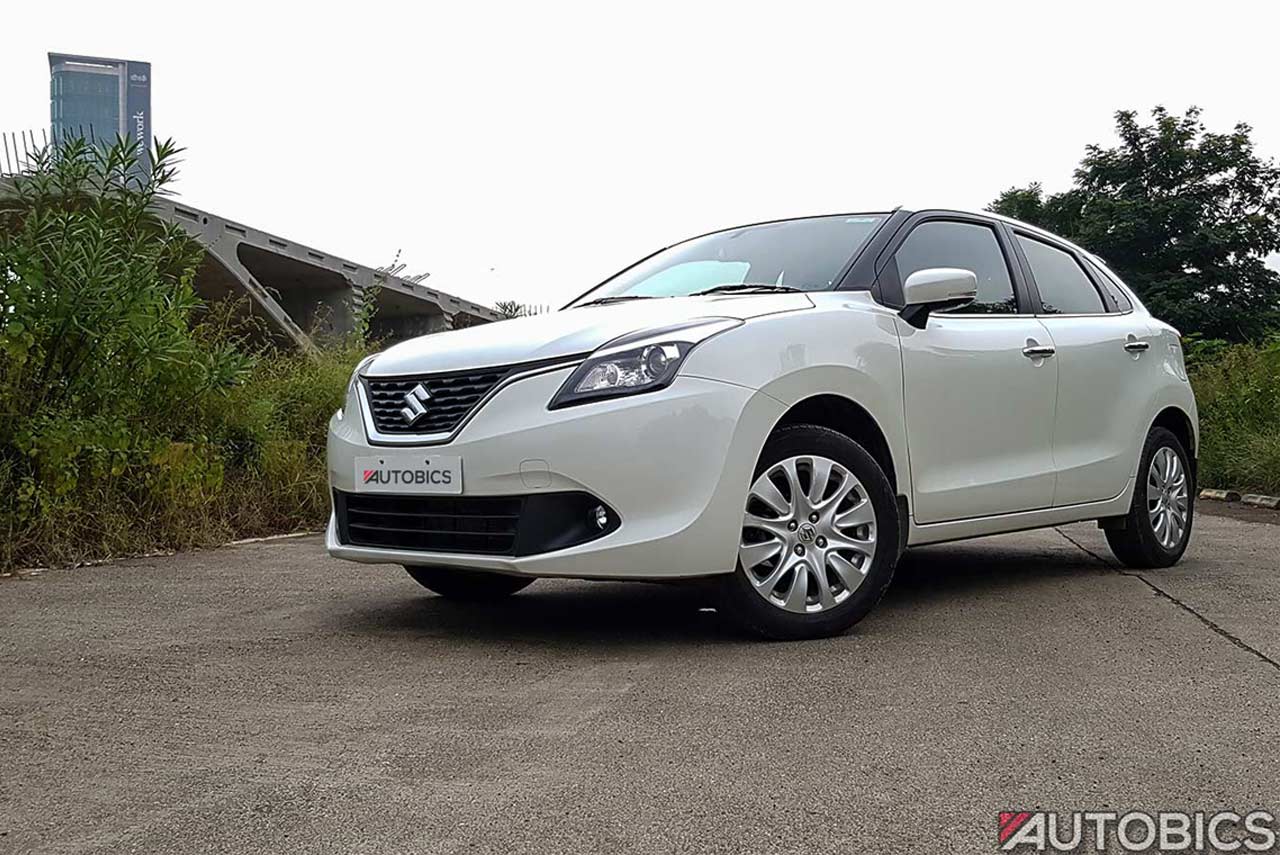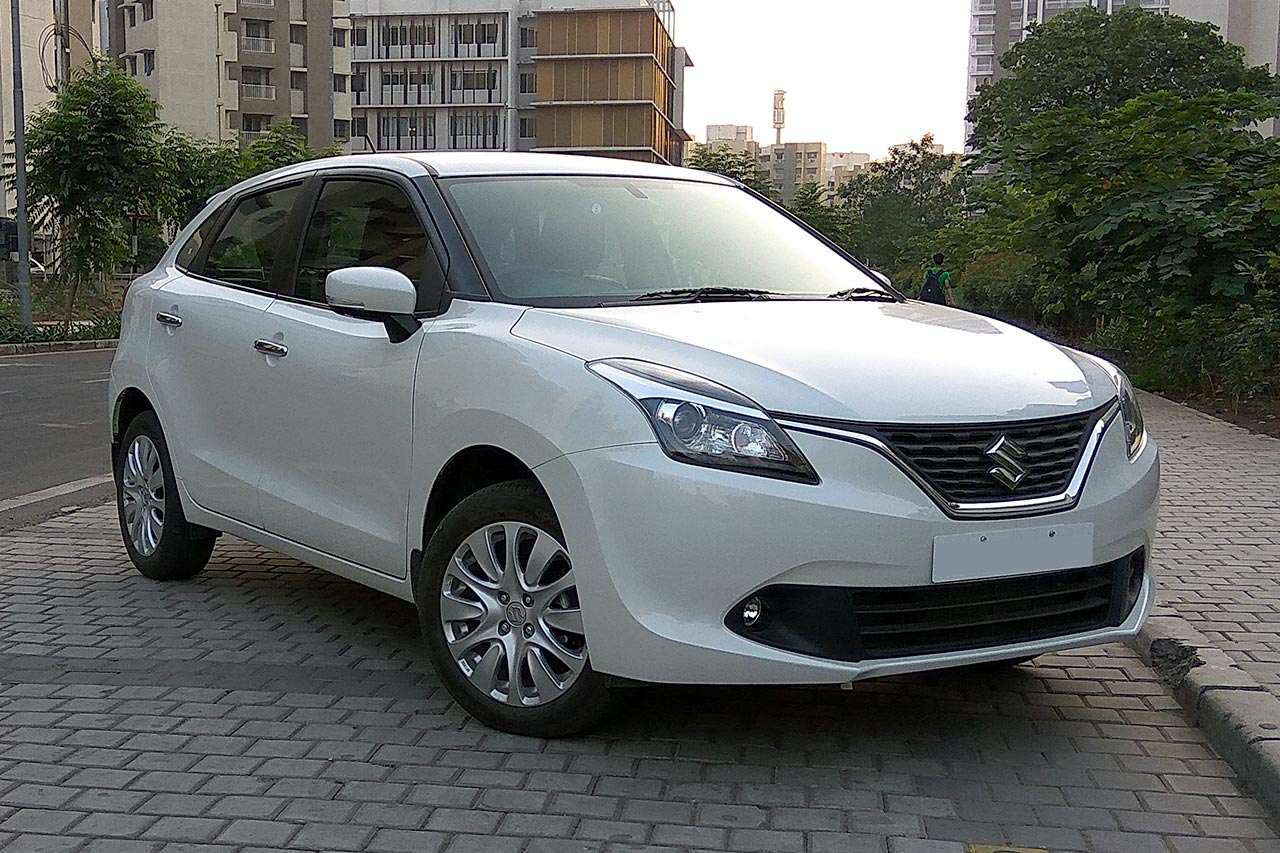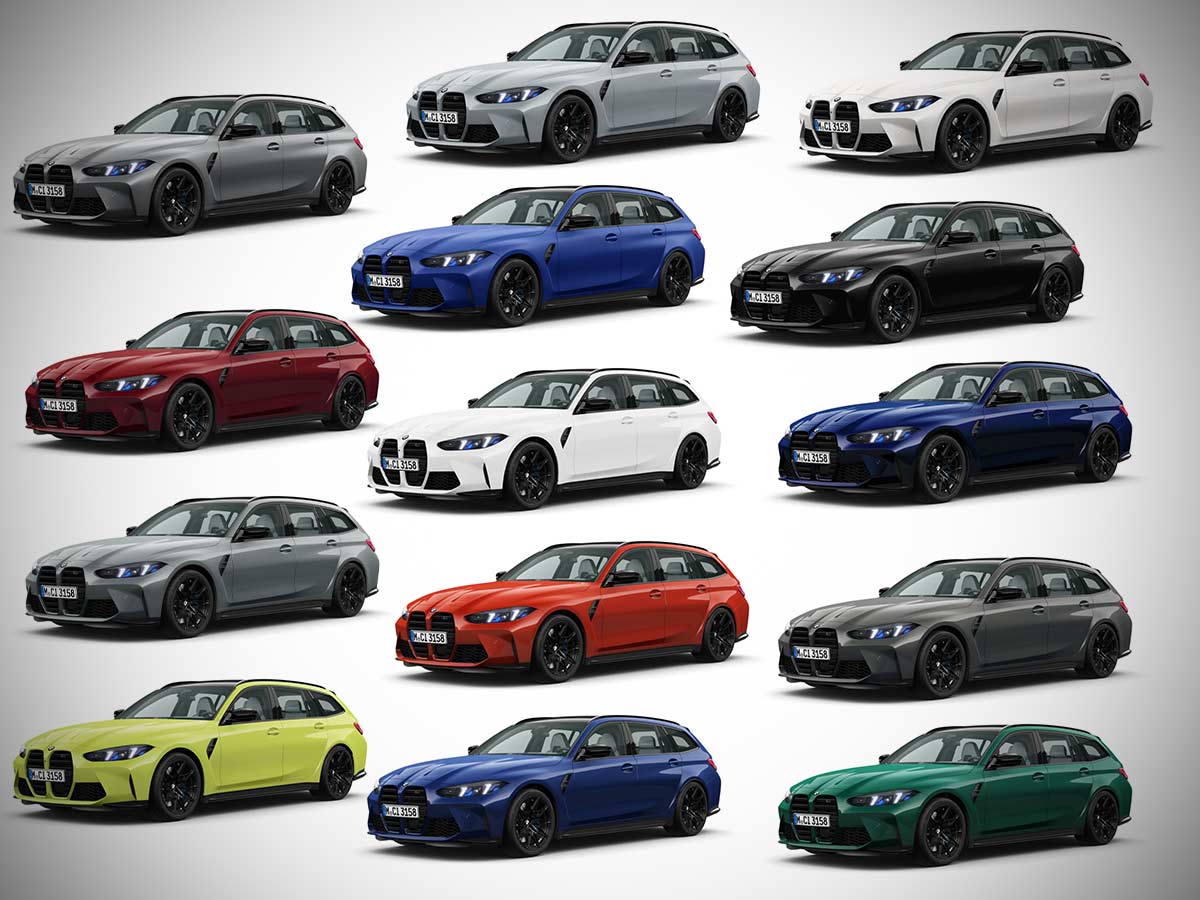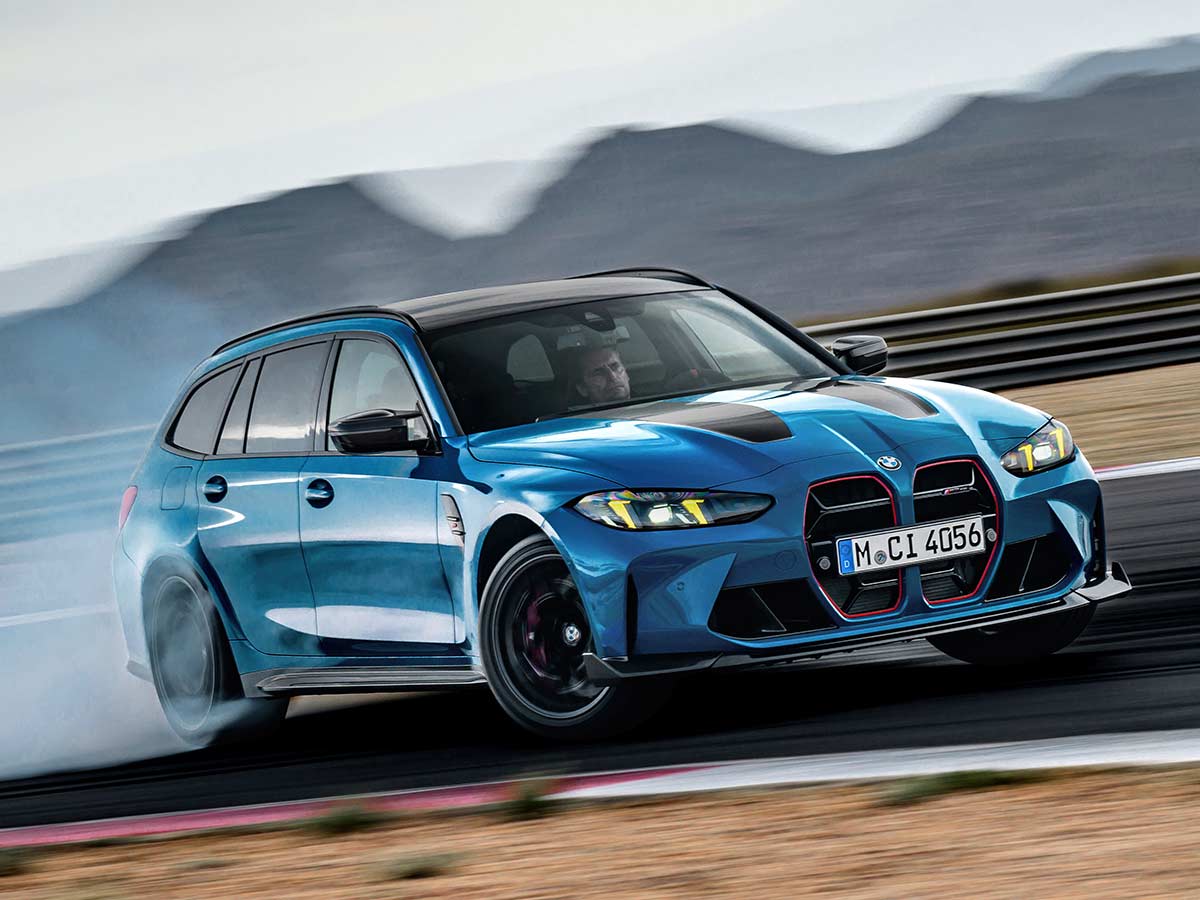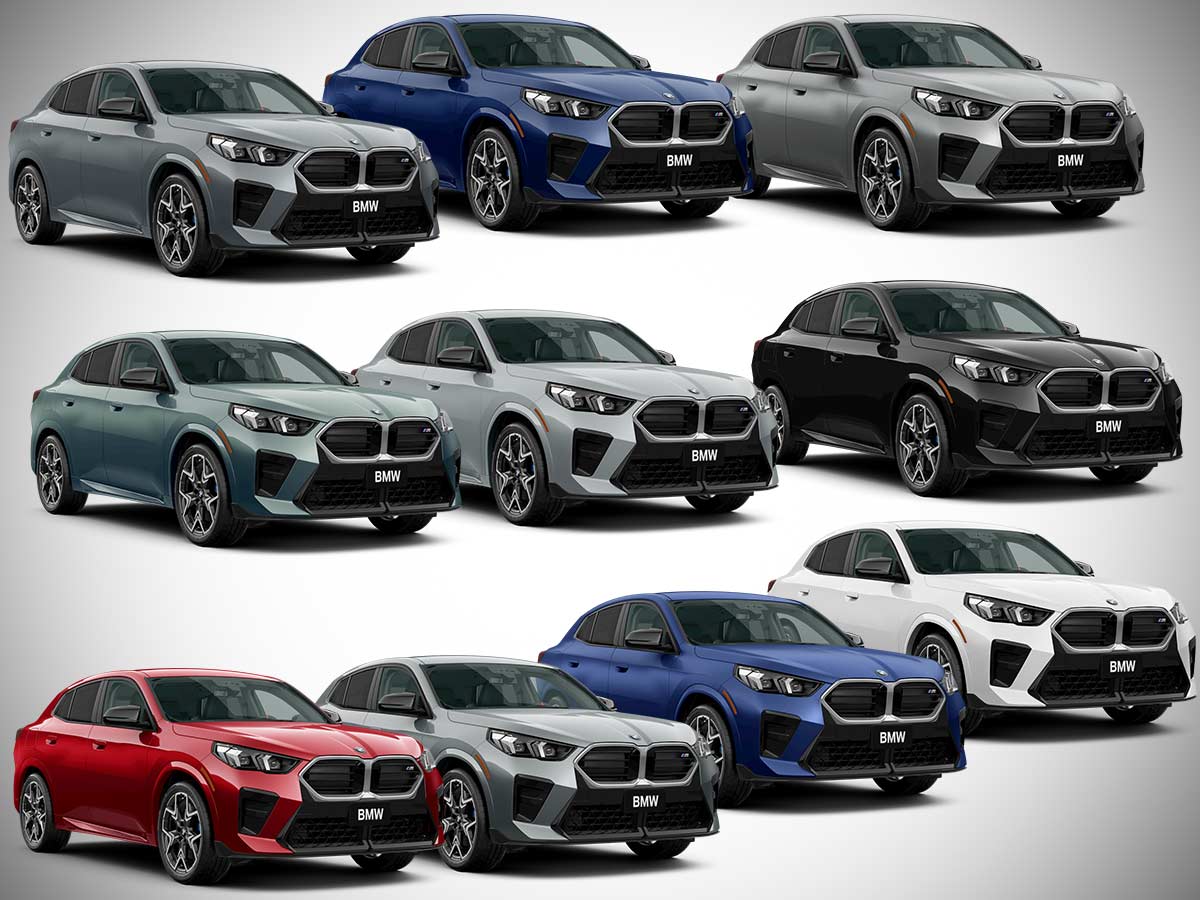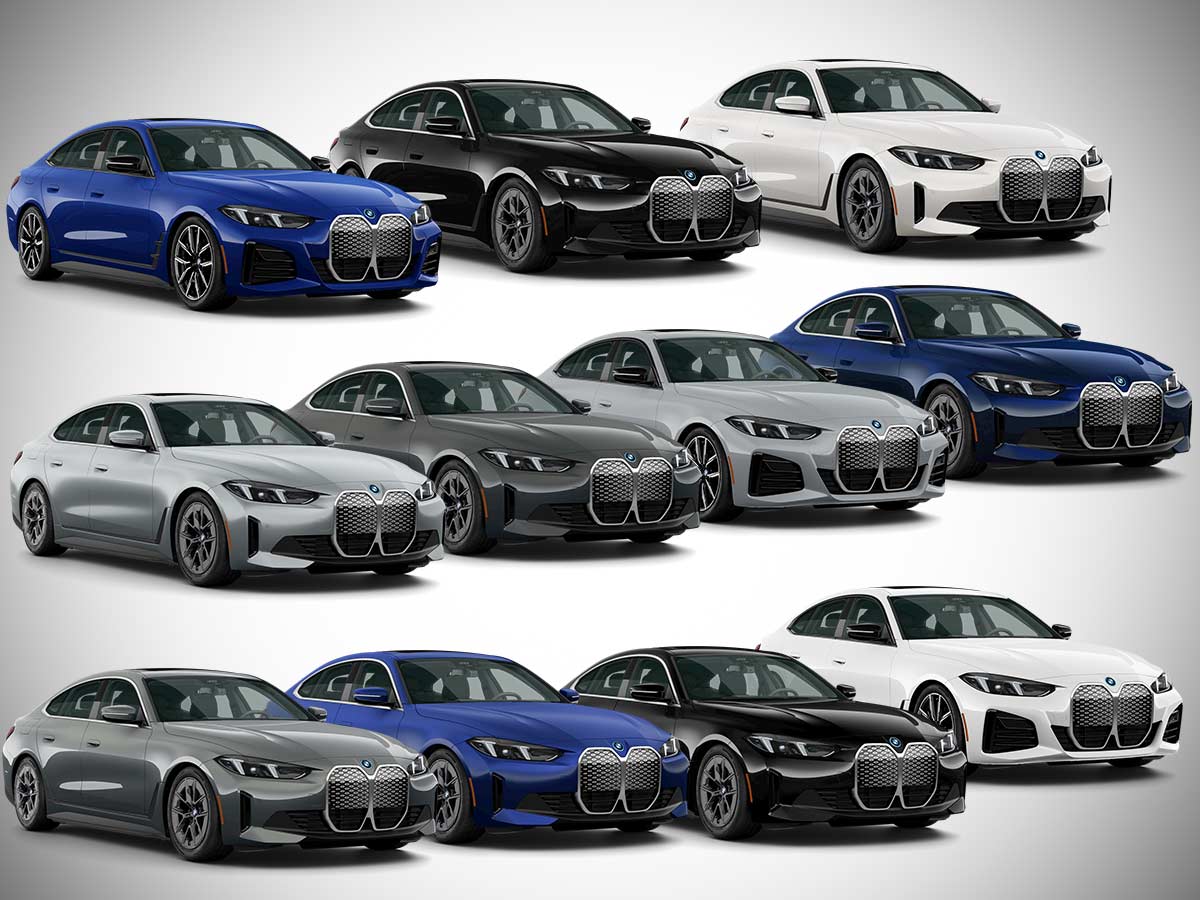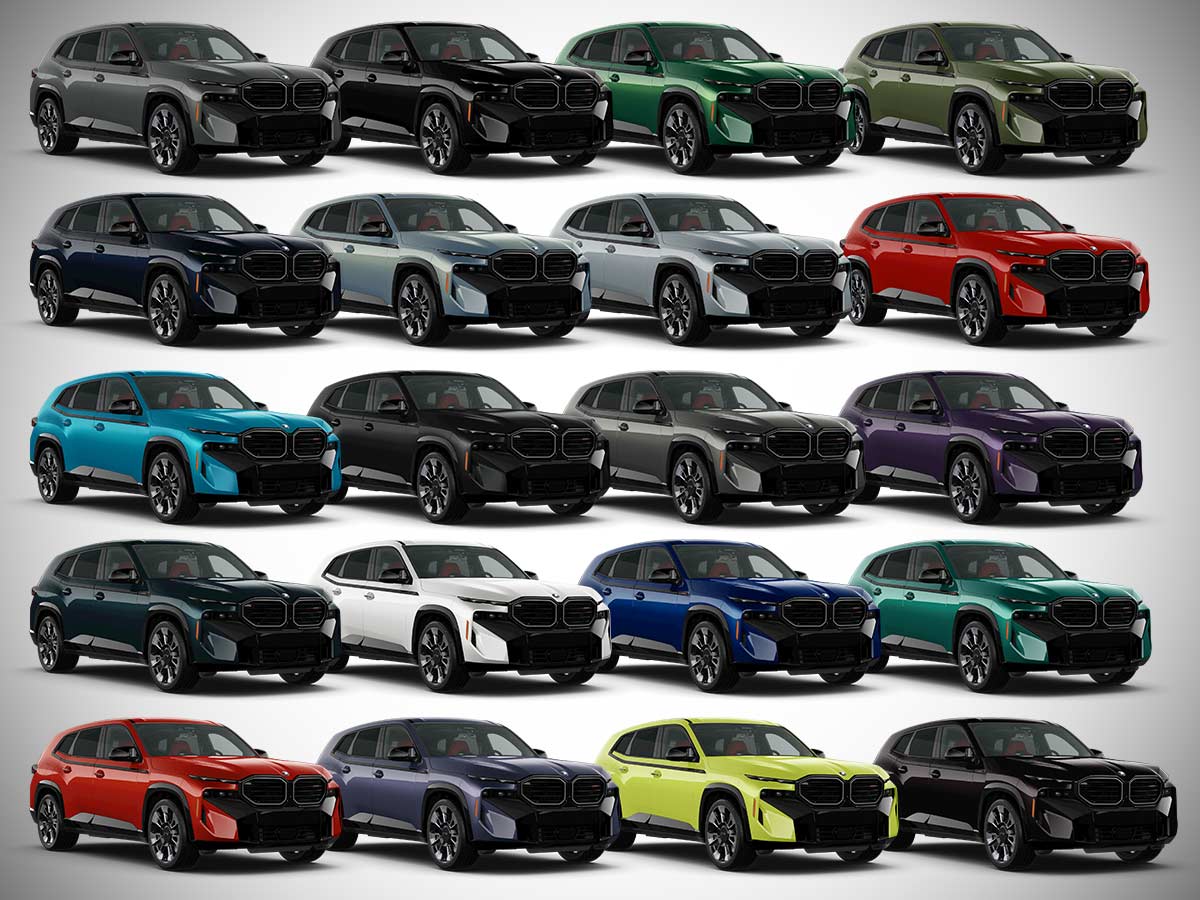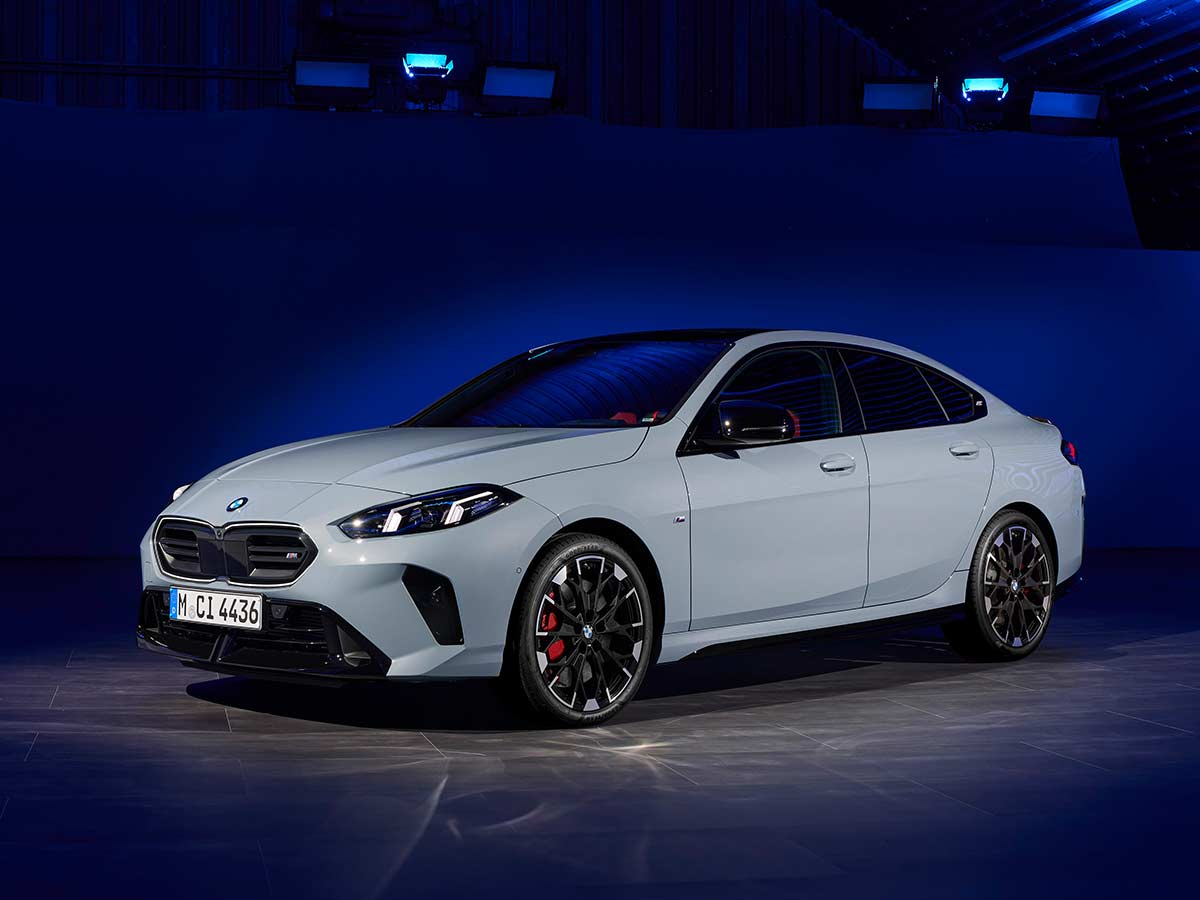When the BMW i8 launched, it wasn’t just a new car; it was a bold statement. The i8 combined high-performance sports car characteristics with eco-friendly hybrid technology, challenging the industry to rethink the future of performance cars. But nearly a decade later, does the BMW i8 still hold its allure? Let’s dive deep into this modern icon and see what makes the BMW i8 one of the most intriguing cars on the market.
>>> Great Discounts on Car & Bike Accessories <<<

Introduction: The Revolution of the BMW i8
The BMW i8 debuted in 2014 as one of the world’s first luxury plug-in hybrid sports cars, aiming to blend BMW’s commitment to performance with an environmentally conscious design. The i8 was BMW’s response to growing environmental concerns and a precursor to an era of sustainable luxury.
BMW’s i8 turned heads with its distinctive looks, high-tech features, and hybrid powertrain. But even with a design that looks straight out of a science fiction movie, the i8 wasn’t just about aesthetics; it was a serious contender in the sports car arena.
Background and Inspiration
BMW envisioned the i8 as part of its “BMW i” sub-brand, dedicated to pushing the limits of sustainability and innovation. Drawing inspiration from the BMW Vision EfficientDynamics concept car unveiled in 2009, the i8 was meant to redefine what a high-performance car could be.
The concept behind the i8 was ambitious: to build a luxury sports car that offered exhilarating speed and a low environmental impact. It marked a new direction for BMW and set the stage for future models, proving that a sustainable approach didn’t mean sacrificing style or performance.

A Futuristic Design That Turns Heads
The BMW i8’s design is nothing short of iconic. With its sleek, aerodynamic silhouette, low-slung stance, and dramatic butterfly doors, the i8 immediately communicates that it’s something special. This sports car’s body is crafted from a mix of lightweight materials, including carbon fiber-reinforced plastic (CFRP) for the passenger cell, helping to minimize weight without compromising strength.
Every curve and angle on the i8 serves a purpose, from its “floating” roofline that optimizes aerodynamics to its unique rear spoiler that reduces drag. The LED and optional laser headlights give it a sharp, high-tech look that’s instantly recognizable on the road.
Under the Hood: Hybrid Powertrain and Performance
What makes the BMW i8 stand out among luxury hybrids is its advanced plug-in hybrid powertrain. The i8 combines a 1.5-liter, turbocharged three-cylinder engine with an electric motor, creating a harmonious balance between performance and fuel efficiency. Here’s a closer look at the numbers:
- Combined Power Output: 369 horsepower
- Acceleration (0-60 mph): 4.2 seconds
- Fuel Efficiency (in EV Mode): Approximately 76 MPGe (Miles Per Gallon Equivalent)
The turbocharged engine drives the rear wheels while the electric motor powers the front, making the i8 an all-wheel-drive vehicle when both systems are in use. This setup provides instant torque from the electric motor, giving the i8 a responsive, exhilarating feel on the road while keeping fuel consumption impressively low for its class.
An Interior Designed for the Future
Step inside the BMW i8, and you’ll find a cabin that’s both futuristic and eco-conscious. BMW used sustainable materials wherever possible, including recycled plastics, natural fibers, and even olive-leaf tanned leather for certain interior elements. The overall aesthetic is sporty yet refined, blending eco-friendly features with the luxury and comfort expected from BMW.
The interior also features BMW’s advanced iDrive infotainment system, a digital dashboard, and a head-up display that projects key driving information onto the windshield. Together, these features make for a highly connected, driver-centric experience that aligns with the i8’s tech-forward philosophy.

Driving Experience: Performance Meets Sustainability
The BMW i8’s lightweight construction, low center of gravity, and all-wheel-drive system contribute to a thrilling driving experience. The i8’s electric motor provides instant torque, allowing it to launch off the line with agility and minimal noise, while the gas engine kicks in seamlessly for additional power.
On city streets, the i8 can operate in pure electric mode, providing a quiet, emissions-free ride for up to 18 miles, depending on the battery’s charge. On the open road, switching to “Sport Mode” activates both the gas engine and electric motor, unleashing the full 369 horsepower and enabling a 0-60 mph sprint in just 4.2 seconds. This dual nature offers the best of both worlds: an eco-friendly commuter during the week and a high-performance sports car on the weekend.
Eco-Friendliness and Environmental Impact
BMW’s commitment to sustainability is evident not only in the i8’s fuel-efficient powertrain but also in its manufacturing process and materials. The i8 is built at BMW’s factory in Leipzig, Germany, which is powered primarily by wind energy. The use of carbon fiber-reinforced plastic not only enhances the car’s structural integrity but also reduces weight, increasing both fuel efficiency and performance.
The i8 achieves a significant reduction in carbon footprint compared to traditional sports cars, with emissions as low as 49 grams of CO₂ per kilometer. It’s a model that represents BMW’s approach to responsible luxury, paving the way for future models that prioritize the environment without compromising on performance.
Is the BMW i8 Still Worth It Today?
The BMW i8 is undoubtedly a masterpiece of modern automotive engineering, but as with any unique model, it has its pros and cons. Here’s a quick breakdown:
Pros:
- Futuristic Design: There’s nothing quite like the i8 on the road, with its iconic looks that continue to turn heads.
- Eco-Friendly Technology: From sustainable materials to a hybrid powertrain, the i8 is one of the greenest sports cars available.
- Driving Dynamics: The balance of electric and gas power provides a fun, responsive driving experience with reduced emissions.
Cons:
- High Maintenance Costs: Like many high-performance cars, the i8’s advanced tech and hybrid setup can lead to costly repairs.
- Limited Electric Range: With an EV range of about 18 miles, it’s best suited for shorter trips in electric mode.
- Depreciation: While the i8 remains a collector’s car, some models experience significant depreciation in the used market.
For those looking for an eco-conscious yet thrilling driving experience, the BMW i8 remains a compelling option. It may not suit everyone’s needs, but it’s perfect for those who prioritize sustainability and stand-out design.
The Legacy of the BMW i8
The BMW i8’s legacy lies not only in its design or performance but in the way it challenged the automotive industry to consider alternative approaches to luxury and power. The i8 showed the world that a high-performance car could be eco-friendly, reshaping consumer expectations of what a supercar can be.
With its departure in 2020, the i8 left behind a legacy as a trailblazer for BMW’s future hybrids and electric models, inspiring the next generation of eco-friendly luxury cars.
Final Thoughts: A Car Ahead of Its Time
As a blend of style, innovation, and eco-consciousness, the BMW i8 set new standards for hybrid performance cars. It’s more than a car—it’s a statement, a symbol of what’s possible when engineers and designers push the boundaries. Whether you’re an enthusiast, an eco-conscious driver, or simply someone fascinated by what the future of automotive technology holds, the BMW i8 deserves a place in automotive history.
